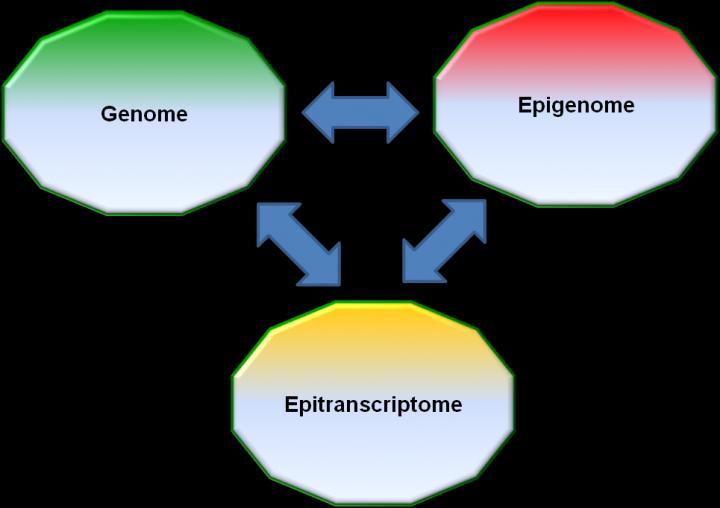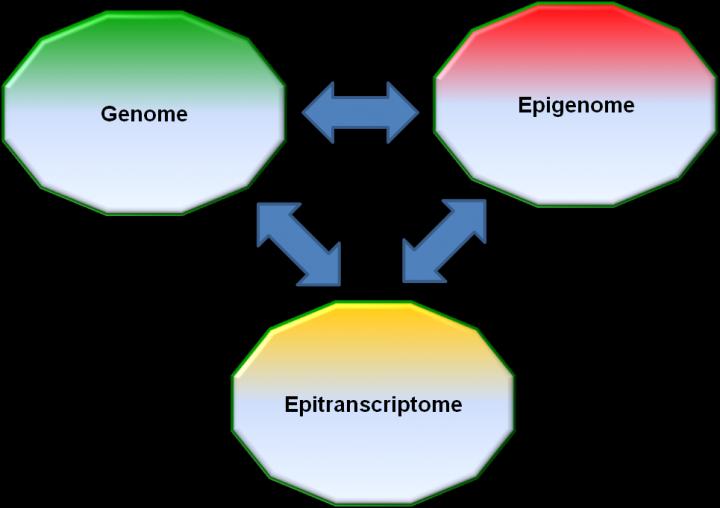
Credit: IDIBELL
Our genome is made up of 6,000 million pieces of DNA that combine four "flavors": A, C, G and T (Adenine, Cytosine, Guanine and Thymine). It is our Alphabet. But to this base we must add some regulation, just like the spelling and grammar of that alphabet: this is what we call Epigenetics.
In epigenetics, there there are "accents", called DNA methylation, which means having a C or a methyl-C. The first one usually means that a gene is expressed and active, while the second one implies that a gene is silent and inactive. Our DNA "speaks" when it produces another molecule called RNA (Ribonucleic Acid). Until very recently, it was believed that this molecule was only a poorly regulated intermediate capable of producing proteins (such as insulin, hemoglobin and others) under DNA's orders.
Today, an article published in Cancer Discovery by Manel Esteller, Director of the Epigenetics and Cancer Biology Program of Bellvitge Biomedical Research Institute (IDIBELL), ICREA Researcher and Professor of Genetics at the University of Barcelona, explains that this RNA also has its own spelling and grammar, just like DNA. These "epigenetics of RNA" are called epitranscriptome.
"It is well-known that sometimes DNA produces a RNA string but then this RNA does not originate the protein. Because in these cases the alteration is neither in the genome nor the proteome, we thought it should be in the transcriptome, that is, in the RNA molecule", Dr. Esteller explains."In recent years, we discovered that our RNA is highly regulated and if only two or three modifications at the DNA level can control it, there may be hundreds of small changes in RNA that control its stability, its intracellular localization or its maturation in living beings".
In human cells, this field did not start to be studied in depth in the last five years. "For example, we now know that RNA can be methylated just like DNA and in a highly specific way", says Dr. Manel Esteller, "and even more recently we observed that these epigenetic modifications of RNA may be key in the regulation of "guardian" RNAs, also called non-coding RNAs".
The article also points out that the epitranscriptome could be altered in some human diseases, while alterations in genes responsible for cancer are also being discovered. "It will definitely be an exciting research stage for this and the next generation of scientists," concludes the researcher.
###
Media Contact
Gemma Fornons
[email protected]
34-638-685-074
@idibell_en
############
Story Source: Materials provided by Scienmag





